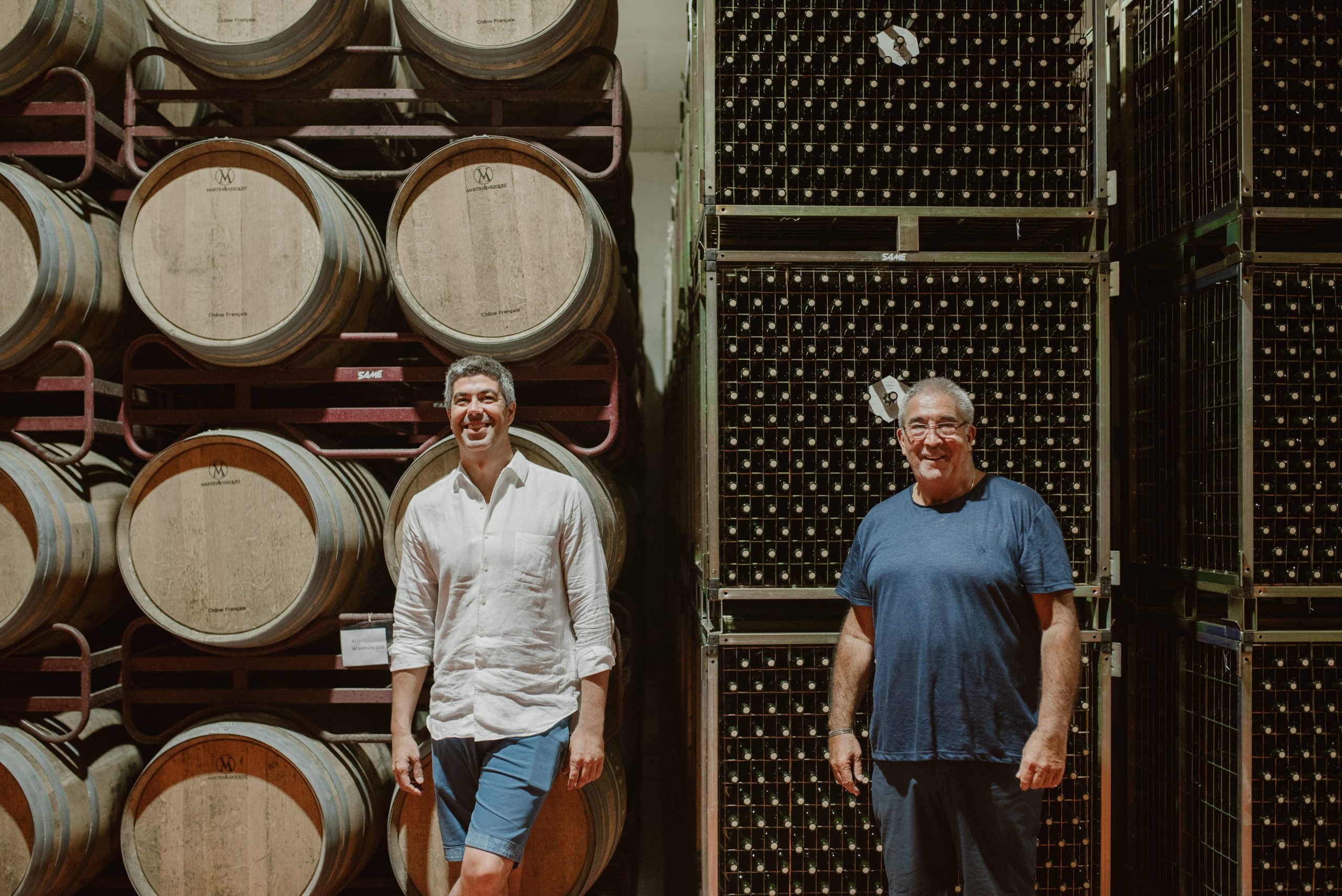Women winemakers rule the roost in this Australian state
The state of Victoria is fast establishing itself as a champion for female winemakers, viticulturists, and decisionmakers in wine companies, writes Geoffrey Dean.
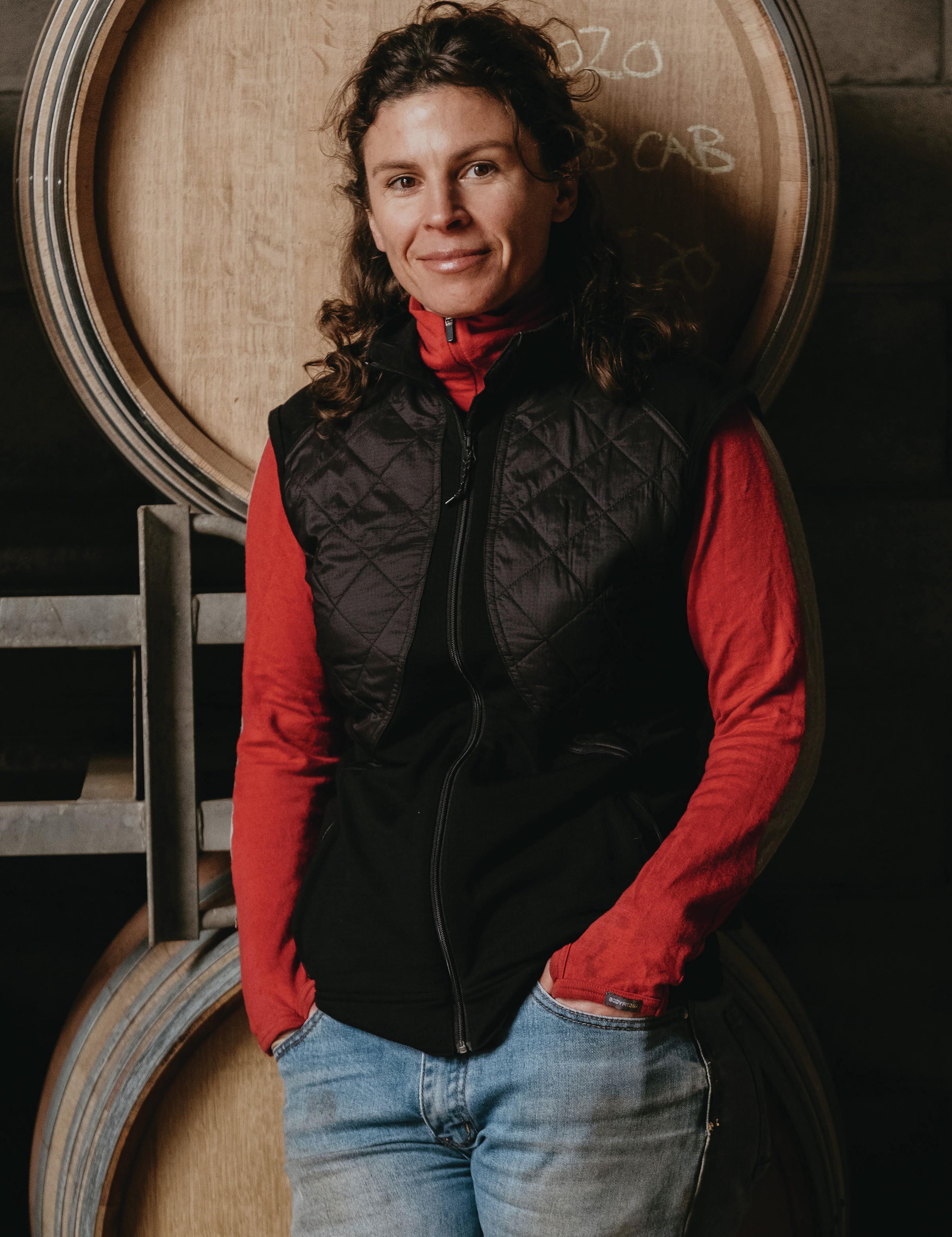
If the wine world has long been associated with an old boys’ culture – and Australia itself often accused of machismo – it became very apparent during a three-week tour around Victoria’s wine regions that women are at the forefront in terms of influence in the state’s wine industry.
Leading the charge has been the selfstyled Yarra Valley Wine Women, a group of experienced winemakers from Victoria’s oldest wine region. In their own words, they share a common goal – “to celebrate, support, encourage, develop, and promote the success of women in our industry.”
Founded in 2017, the club is so far made up of eight members: Meg Brodtmann MW (Rob Dolan Wines); Sarah Crowe (Yarra Yering); Sandra de Pury (Yeringberg); Maryann Egan (Wantirna Estate); Nicole Esdaile (Centare); Sarah Fagan (De Bortoli); Caroline Mooney (Bird on a Wire Wines); and Cathy Phelan (Sutherland Estate).
De Pury, whose parents planted the vines at Yeringberg in 1969, is the senior sage of the organisation, having been her estate’s winemaker for the past 15 years.
“We formed the group when we went over to London six years ago for Wine Australia’s women winemakers’ tasting,” she says. “I thought ‘there are lots of us in the Yarra and we should all bond together ’. We last met just before Christmas for a beer, and were talking about a whole new generation of women who’ve come into the Yarra Valley.”
OPEN UP THE CLUB
As a result of this conversation the group was determined to “open this club up”, and ensure that all female winemakers in the Yarra Valley could be part of it. “We want to be a sounding board to make it easier for women to work in the world of wine,” adds de Pury. “We share technical info, but we also do that with male winemakers as it’s not an anti-male thing in any sense – it’s more about celebrating women who make wine.”
Crowe, who has gained a reputation as one of Australia’s top winemakers, is delighted by the Yarra’s pool of female talent.
“I would say that in the Yarra there’s been an influx of awesome young women in all kinds of wine roles, and it’s really heartening to see,” she says. “As someone who’s been around for a little bit longer, it’s looking to me like a bit of a generational change. Now we’re moving through this murky era where we seem to stand out like a sore toe, and I think in another 10 or 20 years that will happen less and less.”
Among these talented newcomers to the Yarra is duo Melanie Chester, head winemaker at one of the valley’s pre-eminent wineries, Giant Steps, and Tillie Johnston, assistant viticulturist at the same winery, who also makes her own acclaimed label, called Tillie J. Johnston. Both have also noticed a significant increase in the number of opportunities for women in wine in the Yarra.
“I took a job in the lab at Punt Road in 2013 working under Kate Goodman, who’s now in Coonawarra,” Johnston says. “She was one of the few female winemakers working in the Yarra at that time, but now you go down to Healesville on a Friday night and every other person in the bar is a female winemaker or viticulturist.”
Both Chester and Johnston are driving the evolution and, arguably, the improvement of Giant Steps. “We’re definitely putting an emphasis on a more holistic approach to agriculture,” says Johnston. “We’re working more symbiotically with the land, and using organic practices alongside better farming technologies, which means applying fewer chemicals.”
Among their policy of sustainable change is the practice of bolstering the vineyard soils with organic materials “so that the vines prosper long into the future”. They are also diving into the specificities of the winery’s terroir, from the Sexton and Tarraford single vineyards on the valley floor to the Applejack and Bastard Hill single vineyards in the upper Yarra. The lag in ripening between these sites can be as much as four or five weeks, so ongoing research, especially in light of climate change, is crucial. Johnston says the team is more than up for, and to, the challenge.
“Giant Steps has a powerhouse team, many of whom are motivated women who bring a wealth of knowledge and a vision for overall success for the brand,” she adds.
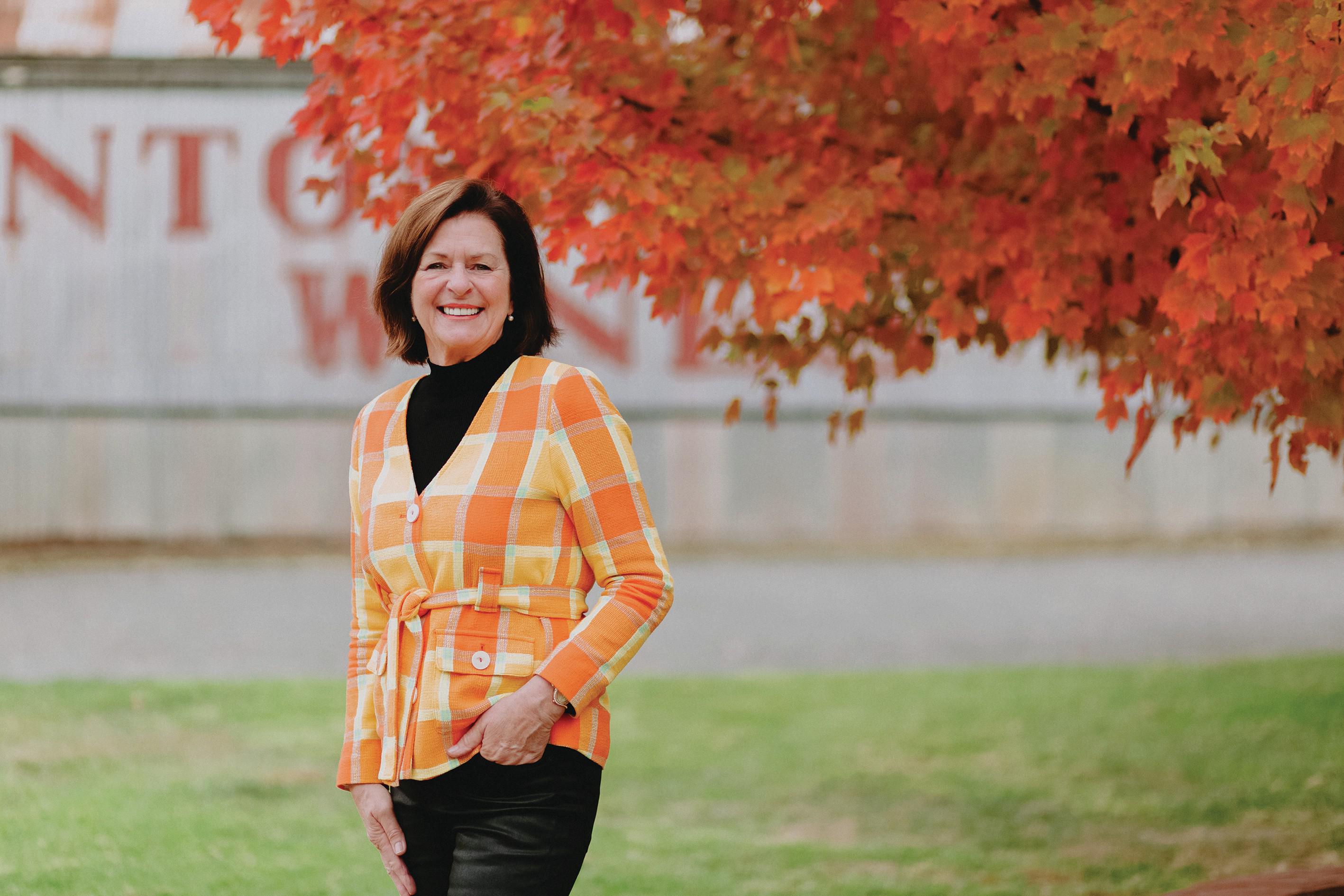
Photo Courtesy: ChloeSmithPhotography Wendy Killeen, CEO of Stanton & KilleenAnother of Victoria’s most respected winemakers is Belinda Thomson of Crawford River Wines (pictured in opening image), based in the state’s westernmost wine region of Henty.
She agrees that the past decade has seen real transformation, not only in global warming terms but in how women are received in the wine business. “I meet young female winemakers now, and think how much easier it must be for them to progress in the industry today,” Thomson says. “There are a number of senior roles in the bigger and prestigious companies that have gone to female winemakers. There are certainly more movers and shakers in the younger generation who are female, which I think is fantastic.”
De Pury agrees. “There were a lot of really bad stories in Australia about women being excluded from the wine industry, but it’s changing for the better,” she reflects. “From women being told that because they can’t lift whatever weight, they can’t do the job, to others hearing that they can’t work because they’re pregnant, I would say it’s still an issue in some places, but in the many wineries run by women in Victoria, it’s not. The Yarra Valley is probably more progressive than other places, maybe because we have a critical mass of female winemakers who are highly regarded, respected, and listened to. I doubt many of us make wine differently to men.”
Partner Content
Regardless of gender, Thomson is certainly doing things differently. “We are looking to start the three-year organic certification process this year, having farmed organically for six years,” she says.
“This switch has significantly changed the quality of the grapes in terms of stability – I find the wines are increasingly stable, balanced and supple; the reds in particular. I no longer add enzymes, and use a lot of natural yeasts (though not exclusively) to give some variation. I also use more skin contact during a cool year to give whites a little extra dimension.”
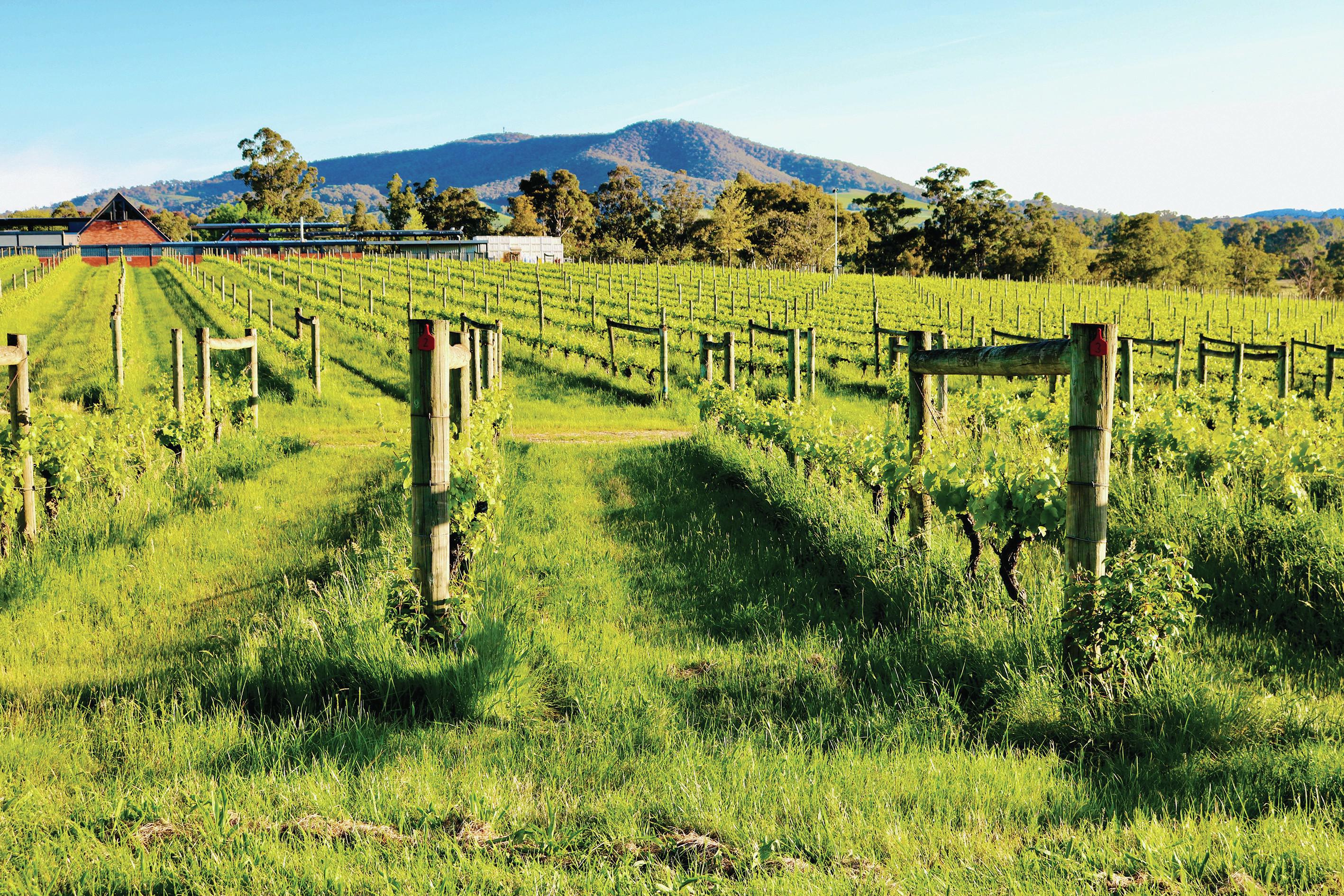
Ros Ritchie, who makes wines under her own label near Mansfield in the Upper Goulburn region, has a theory on why Victoria seems to welcome women winemakers and their ideas.
“In the late 1970s when I was qualifying in winemaking, trying to go for jobs was pretty tough – larger companies weren’t interested in hiring girls, but smaller ones were. So it has been an interesting change in the industry. Victoria has a large proportion of wineries that are smaller – maybe that’s why female winemakers here seem to be more prevalent.”
Two more female Victorian winemakers of note are Wendy Cameron MW, who retired several years ago from Brown Brothers after a long and distinguished career, and her replacement there, Cate Looney, who won winemaker of the year at the 2020 Australian Women in Wine awards. “Cate trained under Wendy, and learnt much of her skills from her,” says Katherine Brown, the company’s brand ambassador and portfolio manager. Responsible for the operations of a 20,000- tonne winery, producing both commercial and premium wines, Looney also has direct responsibility for the producer ’s traditional-method sparkling wine range, and has been the driving force behind the exceptional quality of the Patricia and Non-Vintage Pinot Noir Chardonnay wines, two of the most awarded sparkling wines in Australia.
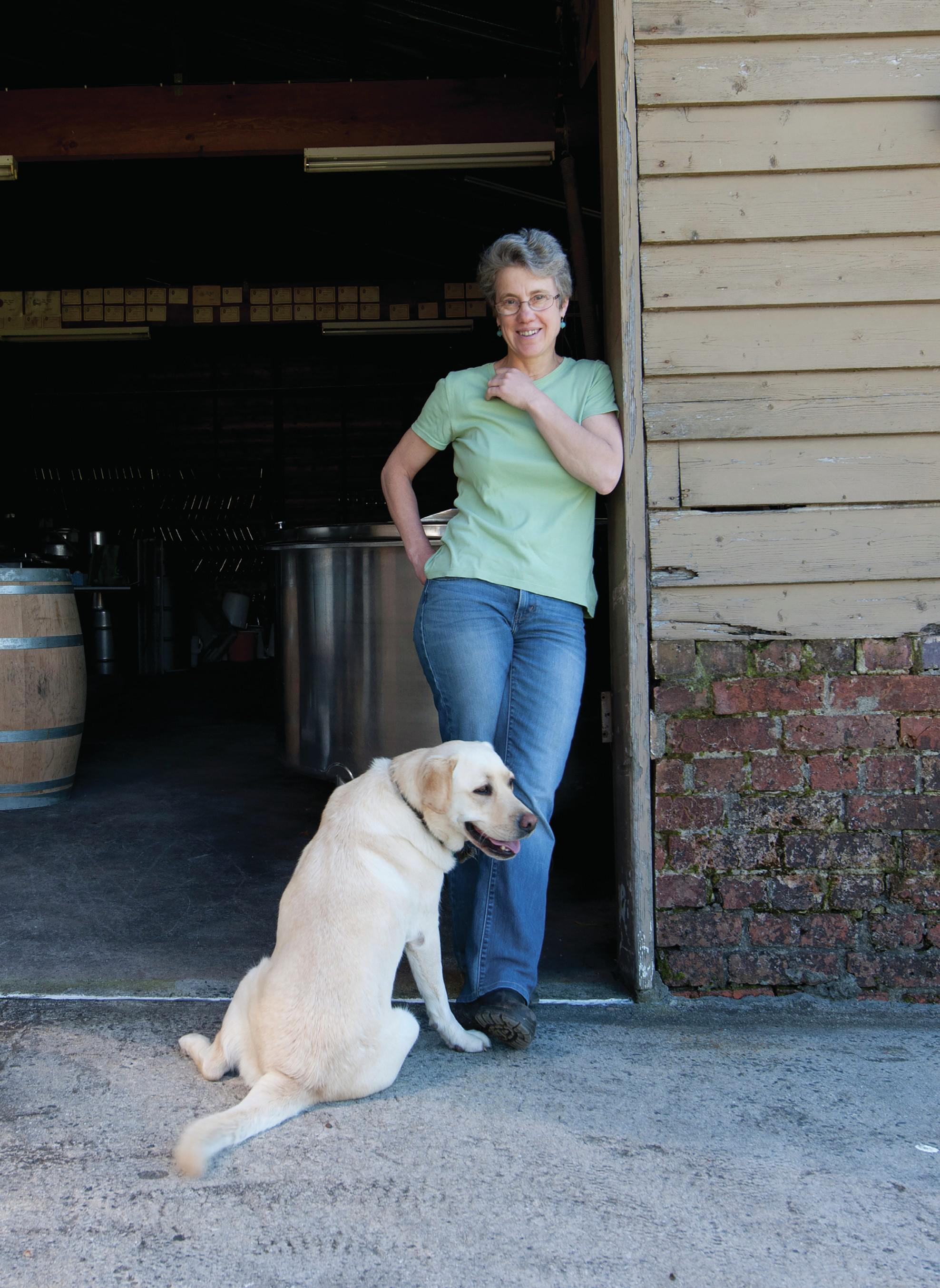
Sandra de Pury has been making wine at Yeringberg for the past 15 years“The openness of the industry here is why so many women in Victoria are succeeding,” says Brown. “Australian culture has a lot to do with it as well. In much of Europe the vineyard or property will go to the oldest boy in the family, but Australia is much more modern than that.
It allows any family member to step up and show their strengths. I have two male cousins – Ithink that if we were a family in somewhere like France or Germany, I wouldn’t have had anything to do with this business. It would have gone to the oldest male cousin, and I wouldn’t have got a look-in.”
A MAJOR MARK
Not far from Brown Brothers’ headquarters in the King Valley is the celebrated fortified-wine-producing region of Rutherglen, where women have made a major mark. “Here in Rutherglen, most wineries are female-dominant,” declares Wendy Killeen, who has been CEO of leading producer Stanton & Killeen, for the past 12 years.
The female Rutherglen winemakers include Jen Pfeiffer (of Pfeiffer Wines); Julie Campbell (Campbells); Mandy Jones (Jones Winery & Vineyard); Amy Sutherland Smith (Warrabilla Wines); and Belinda Chambers (Lake Moodemere Estate); while at All Saints Estate, Angela and Eliza Brown are “administrators who call the shots” in Killeen’s words. Eliza is also CEO of Brown Brothers.
“I just don’t see the gender imbalance in Victoria,” Killeen continues. “Across the state I see an equal number of strong business women leaders as there are men. My daughter Natasha is general manager at Stanton & Killeen, being involved in all aspects of our business. She was the driver of our certification for Sustainable Winegrowing Australia. The whole women in wine movement is strong, but in Rutherglen it’s just a natural movement, a progression of generations. It’s not about gendered generations.”
South of Rutherglen is the Alpine Valleys region, where, says Katherine Brown, two women are making the best wines. “Jo Marsh of Billy Button Wines in Myrtleford is amazing, and Eleana Anderson is doing great things at Mayford Wines in Porepunkah,” she says. Likewise in Victoria’s hot north-west region of Murray Darling, two sisters – Kim and Tennille – are making impressive wines for their Chalmers family label.
“They are leading the way in alternative varieties, and even put on the Australian Alternative Varieties Wine Show each year,” Brown says. “Their Italian grapes such as Falanghina, Pecorino, and Ribolla Gialla work really well, especially in inland Australia.”
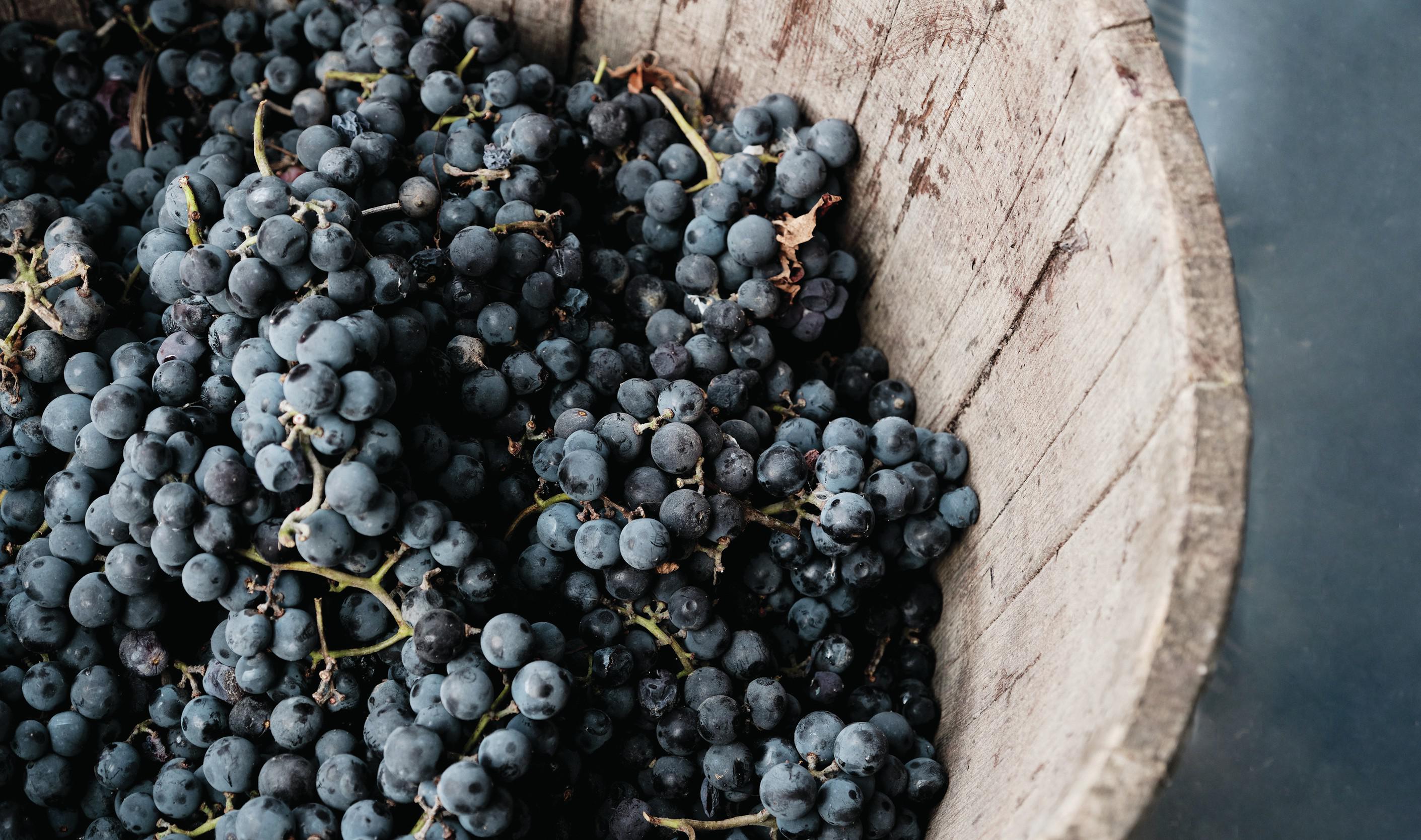
Other talented female Victorian winemakers include Emily McNally of Jasper Hill and Madeleine Marson of Vinea Marson (both in Heathcote) and Geraldine McFaul of Willow Creek in the Mornington Peninsula.
McFaul is one winemaker who sounds a note of concern. “The point about who’s running wine companies is very significant,” she declared. “It can be tricky to manage harvest and small children. There are not enough women in the production side of the industry, and it must come back to children and families. A lot of women who’ve come through as viticulturists or winemakers have ended up in a marketing, sales or administrative role because it’s made having a family possible.”
Crowe agrees. “We need Wine Australia to conduct another survey like the one Jane Thomson did 10 years or so ago on women in wine in Australia,” she says. “The things that stick out in my mind from it was that 50% of university oenology graduates were female but only 10% of winemakers were female. It was lower for viticulturists – eight per cent.”
De Pury, though, is optimistic about the prospects for women in the Yarra, Victoria, and Australia at large. “Victoria may well have a higher percentage of women in key positions than other states as it has a lot more smaller wineries that are family-owned, and the Yarra definitely has a higher proportion. But there are unbelievable female winemakers in the rest of Australia. They are everywhere, and we’re populating the world – so watch out.”
Related news
Castel Group leadership coup escalates
For the twelfth day of Christmas...
Zuccardi Valle de Uco: textured, unique and revolutionary wines



